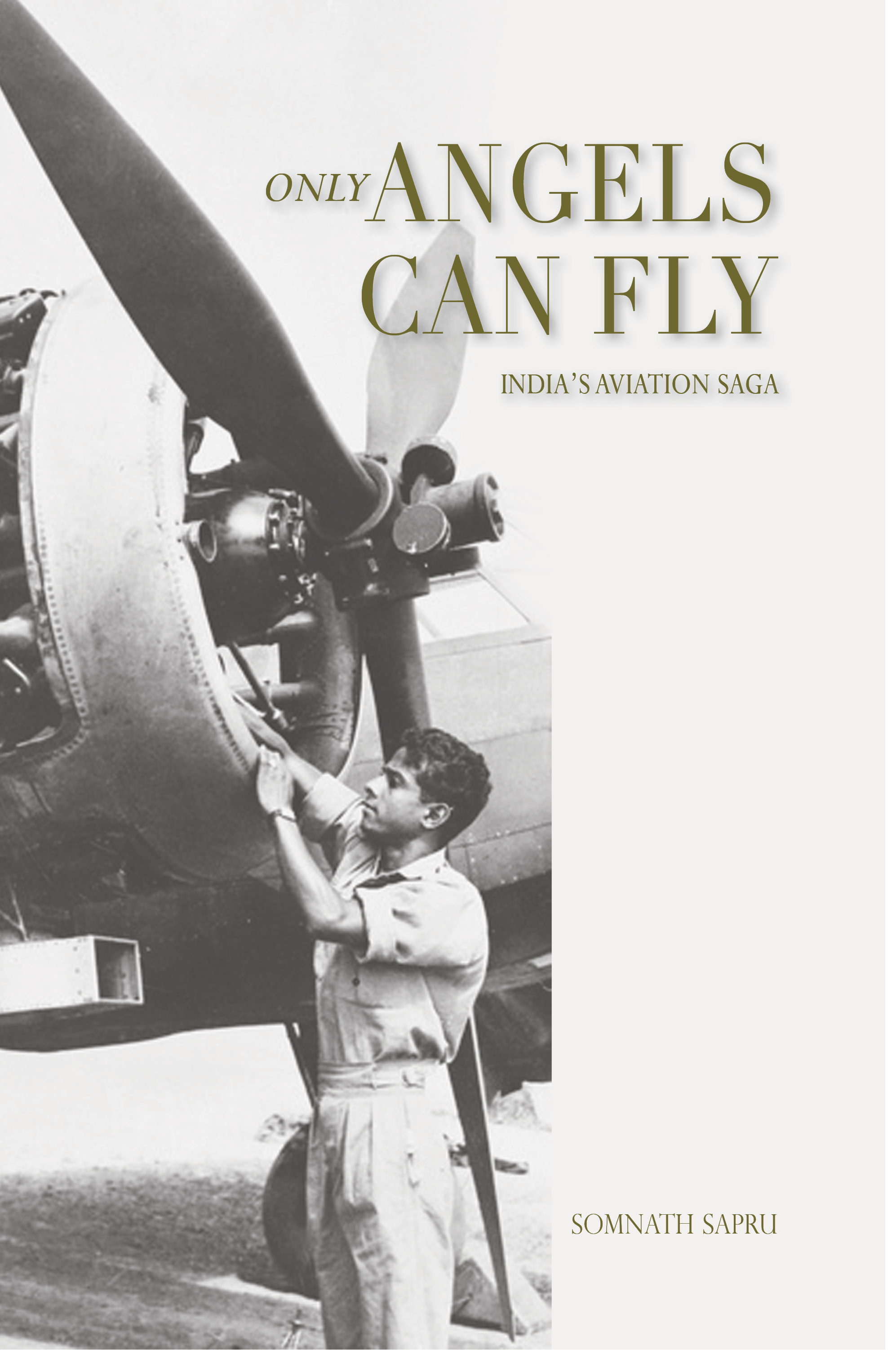Aviation came to India by fits and starts mostly dictated by the British Empire’s strategic interests and commercial objectives and within India by English business community who were attracted by the speed of this new form of transport. It was in early thirties of the 20th century when flying clubs were started in major cities to attract young people to learn to fly.
The narrative takes the reader through the first steps when the Directorate of Civil Aviation was set up in 1927 and Indians learnt to fly themselves and the research work done by pioneers. It was during the inter-war period (1919-1939) that pioneer entrepreneurs tried to set-up an aircraft factory in the country and the obstacles they faced. And then came the long line of pioneer pilots who braved the odds and came out victorious.
The fair sex put in its claim too and the narrative gives the reader fascinating glimpses of how individual women pilots faced the problems of bias and succeeded to the extent that today (2020) India has the largest number of women pilots in the world.
Post-World War II, saw independence and private enterprise in the airlines sector struggling, and then the nationalisation of the industry with the state monopoly functioning for almost 40 years.
Somnath Sapru
With over 39 years of experience as a journalist and author, Somnath Sapru has, over the years, specialised in writing on military aviation. His earlier book Skyhawks was on the four Indian pilots of World War I who flew with the Royal Flying Corps (RFC) in Europe.
He was earlier the Defence Correspondent of the Deccan Herald, and Indian Express, Bangalore, later at the Indian Express, New Delhi and at The Pioneer and finally at the Indian Express, Chennai, as Editor. He covered the activities of the three services of the armed forces extensively and specialised in the history of military aviation in the country.
He has been given professional awards such as the Asian Journalist of the Year Award in 1988 and earlier the Jefferson Fellowship in the US in 1979. He served as a Special Correspondent in the Indian Express and as the Editor of The Pioneer, Lucknow and New Delhi for six years and as the Regional Editor of the Indian Express, Chennai, for five years.
His published works cover a variety of subjects such as communication studies, country profiles such as of Japan and biographies but his overriding interest has been military aviation.
Contents
Introduction
Acknowledgements
• A Landmark Prediction!
• The First Balloon Pioneer in Asia—1784
• Balloon Flights in India 1853-1899
• Shivkur Bapuji Talpade 1864-1916
• Enter the Aeroplane
• “Dateline Kitty Hawk”
• Centenary of First Flight—2003
• Madras-Made Aeroplane Flew in 1910
• Aviation: Growing Pains
• The Airship Era
• The Paris Convention of 1910: The Path to Internationalism
• Metal Birds over Indian Skies 1910-11
• “Winged Post”—1911 World’s First Air Mail (“First Aerial Post”)
• Srirama Venkatasubba Setty 1879-1918
• Post-War Aviation 1919–39
• Civil Aviation in India—1920
• Sir Sefton Brancker, Catalyst & Pioneer
• Pioneering Long-Distance Flights (Cont’d) UK-Australia Flight 1919
• Flights Within India “Across India by Air” 1920
• Air Links for the Empire
• India’s Tryst with the Aeroplane
• Brancker’s UK–India Flight
• The Moth is Born!
• Directorate of Civil Aviation India—April 1927
• Making India Air-Minded 1934
• The Flying Club Movement 1928
• Flying Clubs of India
• Seth Walchand Hirachand 1882-1953
• Seth Walchand Hirachand 1882-1953
• “She Reached for the Sky”
• Women Pilots in UK and USA During World War II
• India (IN)—The Ninety-Nines!
• Indian Eves Take to Skies
• The Firsts They Scored!
• Flight Crew Travails (Air Hostess)
• And Now for Those in the Cockpit
• Aviation Linked Pioneers
• The Hijacking Menace
• Indian Eves Don the Air Force Blue
• Aviation and the Newspaper 1920
• Pioneer Pilots
• Commercial Air Transport
• “Winged Royals”
• The Dakota Arrives
• Maharaja of Jodhpur
• Aviation at Hyderabad
• Aviation: Progress and Milestones
• World War II: 1939-45
• Post-War Developments 1945–1947
• Commercial Air Transport Begins
• Nationalisation of Air Transport 1953
• JRD—The Person, The Pilot and The Pioneer
• The Jet Age
• Odd But True
• Vijaypat Singhania: The Extrordinary Aviator from India
• The Coming Solar Age
• Solar-Powered Plane Makes History
• Aspirants: Understand the Game
• The Past, The Present and The Future
• “Old Pilots Never Die, They Just Fly Away”
• Appendixes
• Indian Women Pilots’ Association
Bibliography


 Political Science
Political Science
